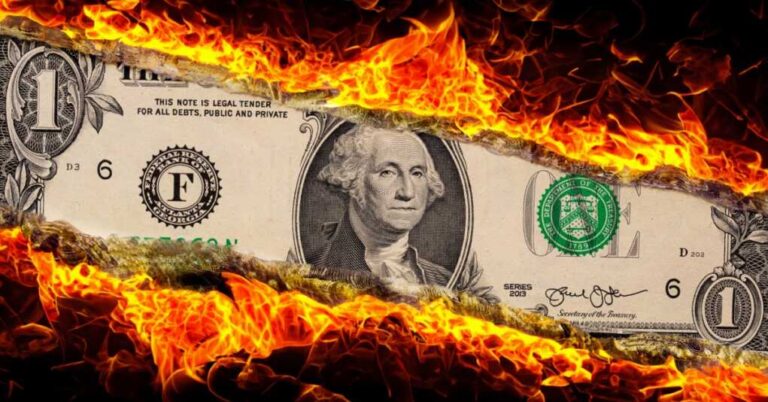
Well, isn’t this rich? President Donald Trump, the maestro of economic strategy, has been vocal about his desire for a weaker U.S. dollar to boost our exports and shrink that pesky trade deficit. But here’s the kicker: his very own policies are doing the exact opposite, giving the dollar a shot of steroids instead.
Remember the good old days when tariffs were just a theoretical debate topic? Now, under Trump’s ‘America First’ doctrine, they’re as real as your morning cup of coffee. The administration’s tariffs, especially those targeting imports from our friendly neighbors Canada and Mexico, are intended to protect American industries. But in the grand theater of international finance, these moves have made the dollar more attractive, inadvertently pushing its value up.
And let’s not forget the corporate tax cuts. Slashing taxes was supposed to unleash the beast of domestic investment. Instead, it’s lured foreign capital into U.S. markets, driving up demand for the dollar and, you guessed it, strengthening it further.
Now, in a plot twist worthy of a Hollywood blockbuster, Trump’s economic advisors are floating the idea of a ‘managed’ dollar depreciation, reminiscent of the 1985 Plaza Accord. The goal? To orchestrate a harmonious weakening of the dollar. But in today’s fractured geopolitical landscape, getting global players like China and the European Union on board is about as easy as herding cats.
So, here we are, with a president aiming for a weaker dollar but enacting policies that achieve the polar opposite. It’s a classic case of the left hand not knowing what the right hand is doing. Or perhaps, in true Trump fashion, it’s all part of a master plan that only he understands. Either way, the dollar’s strength is a reality we have to contend with, whether it aligns with the administration’s intentions or not.









